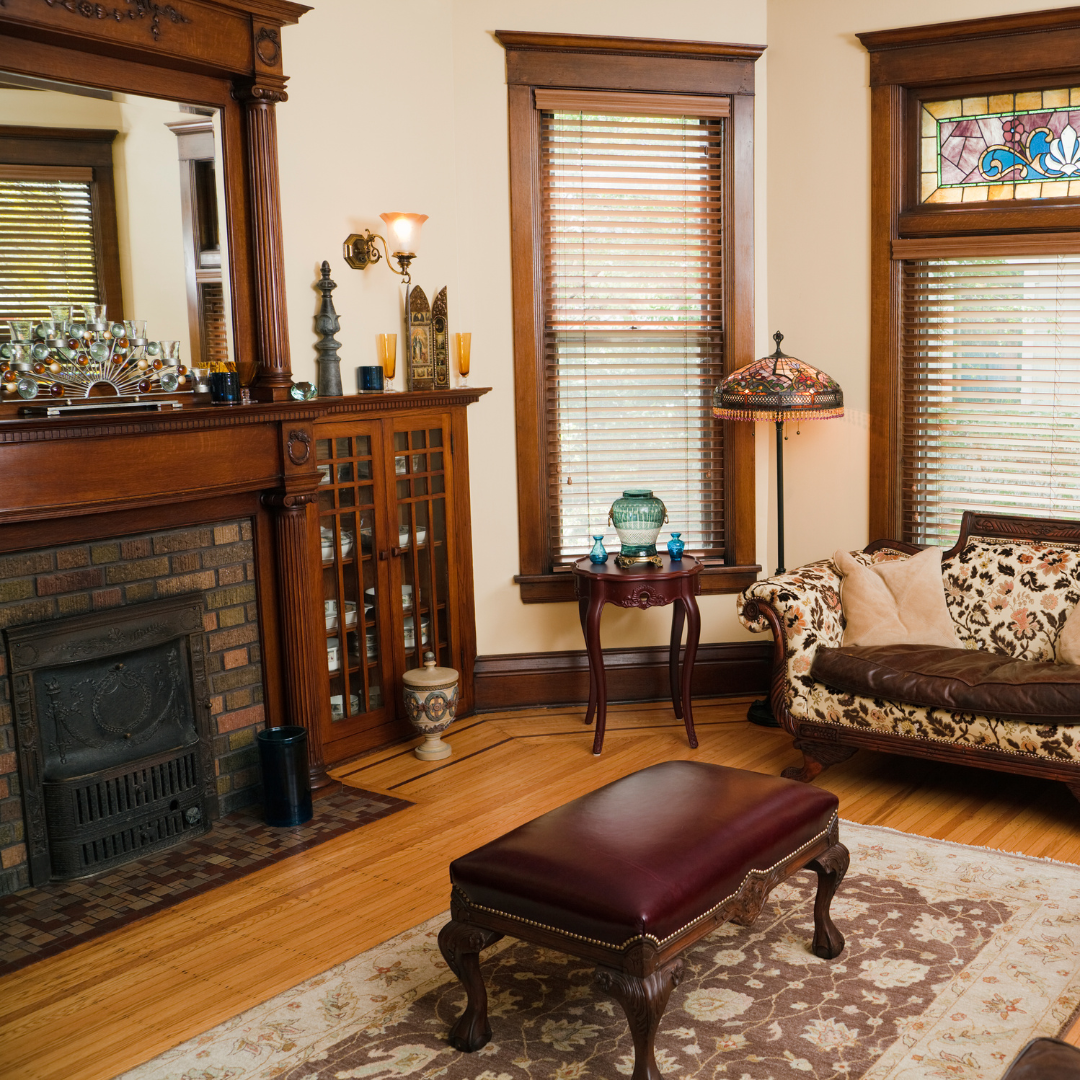Source: Windermere
Whether your dream home just came onto the market or you’re thinking ahead for a purchase down the road, coming up with the money for a down payment can feel daunting. Don’t fret! There are steps you can take now—both large and small—that will add up over time to help you secure the funds you need to make that offer.
Determine how much you need
First things first, set your goal. The answers to these questions will help you determine what you’ll need to budget for the down payment:
- What do homes cost in the area you where want to live?
- How soon are you looking to buy?
- Do you qualify for buyer-assistance programs in your area? Where have interest rates been going (up or down) lately?
Don’t forget about closing costs when calculating how much you’ll need!
Start a high-yield savings account
It’s difficult to keep track of how much you’re saving if you’re putting all your money in the same account you pay for living expenses with. Your down payment fund deserves its own savings account.
Look for high-yield savings account options at your current bank or find a new bank that offers one. Many banks today offer a 3-5% annual yield that will compound quickly.
Eliminate unnecessary expenses
No, you don’t need to stop eating avocado toast or give up your hobbies. Even simple changes can quickly add up.
- Go thrifting instead of buying new clothes.
- Get your library card rather than buying new books.
- Cancel subscriptions to publications or services you rarely use.
- Prepare meals at home a few times a week instead of dining out.
Though cutting back can sometimes feel like an inconvenience, these adjustments are temporary and don’t have to change how you live too drastically. Even while you’re re-prioritizing your spending, you can still simultaneously save for things like travel, and all the provisional adjustments will feel worth it when you’re enjoying your new home.
Don’t dip into emergency funds
Though it can be tempting to look at your retirement account balances or emergency savings account and daydream about barbeques in your new back yard, don’t give in. The tax implications of cashing out a 401K or IRA almost always outweigh the benefits of the quick money, and many retirement accounts require paying them back relatively quickly, likely before you’ll have built equity in your home. And your emergency fund is there for just that: emergencies. Life can be unpredictable and having at least six months’ living expenses stored away offers peace of mind is priceless.
Automate your savings
If you haven’t already, arrange to have your paycheck automatically deposited into your bank account, and then designate a percentage of it to go directly into savings rather than checking. This helps ensure that you’re putting the cash away before you use it on other expenses. By depositing directly into your savings account you’re less likely to think about it when making a purchase.
Other ways to automate savings include taking advantage of programs that will round up any purchases you make from checking and put the difference directly into your savings account. Check to see if your bank offers this or look into available applications in your app store. You can also use a credit card that offers cash back on a percentage of what you spend and save those rewards in your separate savings account. Just be sure to pay the bill completely each month!
Take advantage of windfalls
If you get a raise, bonus, or inheritance, put the extra money right into your high-yield savings account and stick to the budget you had before the windfall. You won’t feel a difference in your lifestyle, but even an incremental increase will help chip away at your goal.
Ask for help
Weddings, graduations, new babies, and other major life events are great opportunities to ask for cash in lieu of gifts. Be sure to document any gifts appropriately, and as long as it is a gift and not a loan, money from family and friends can help put you in a home you’ll all be able to enjoy together soon.
Buying a home is likely to be the largest financial transaction you’ll make in your life, and saving enough for a down payment can feel overwhelming. But with some dedication and smart money choices, you could be ready sooner than you think. Good luck, and happy saving!
Source: Windermere
 Facebook
Facebook
 X
X
 Pinterest
Pinterest
 Copy Link
Copy Link

















